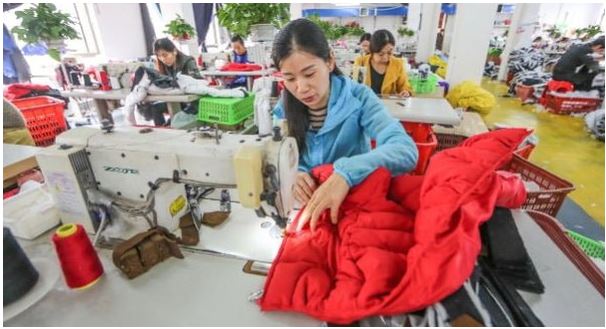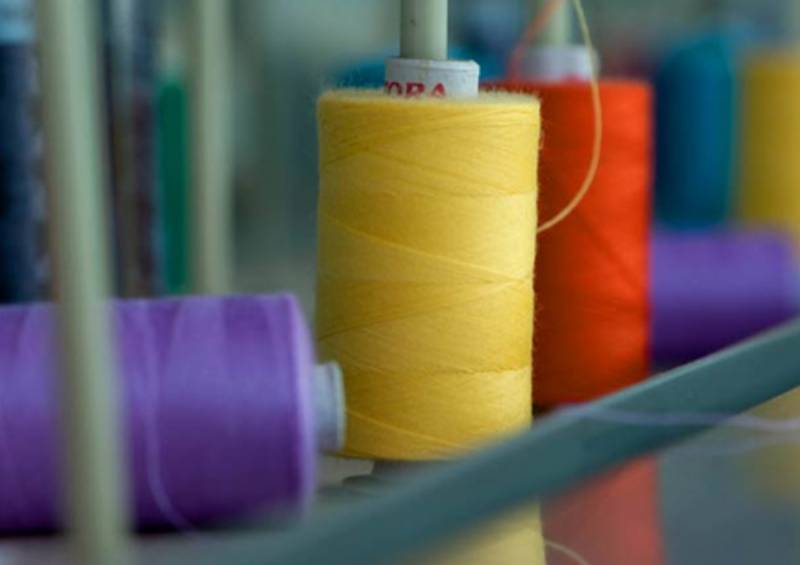Since 2016, China has been seeing a slow but steady downgrading of its status as the world’s number one exporter of consumer goods as its share declines. One reason could be increasing labour costs are pushing Western importers to look at more lucrative manufacturing hubs, particularly in textiles and apparel. For decades, China has been the world's factory, churning out cheap products for the masses. However, the tide is turning, as many companies are looking to shift their manufacturing operations away from China.
China has already lost ground in key consumer categories, including clothing and accessories, footwear, furniture, and travel goods, while also seeing a decline in its share of exports from minerals, hardware to office technology. However, in reality the geo-political tensions that have driven a growing wedge between the US and its Western allies against China is the main reason. Coupled with this the disruptive supply chain experience buyers faced when the Chinese government imposed a severe pandemic lockdown.
The painful breaking away journey
While the breakaway from China was on a big high from 2020 as the Chinese forced a nation-wide pandemic lockdown and the Biden administration kept issuing warnings about sourcing from the country, the reality is it has been an arduous journey for many brands. Brands are questioning their decision to have left and many are hoping to renegotiate and return their manufacturing to China. Speaking to a reputable online business platform, Laura Magill, Global Head of sustainability at footwear brand Bata Group, explained she couldn’t think of another place that can do the quality, quantity and price as well as China. The mature Chinese ecosystem, established over decades of hard work, not only ensures competitive price points but also delivers stable quality at mass production that’s hard to copy.
So where does that leave the likes of Adidas AG and Nike Inc. as garment and footwear manufacturers have been relocating their supply chains away from China, driven by geopolitical concerns and drawn by reduced production costs? Will they find their new hub up to their satisfaction?
New Asian manufacturing hubs continue to rely on China
Vietnam is a classic case in point. While it has gained considerable ground in terms of upping its garment export game at the expense of China, it is still not entirely independent of Asia’s biggest economy. Vietnam’s clothing industry still relies mostly on Chinese materials such as buttons, thread, labels and packaging with only about 30 to 40 per cent of the materials made locally, points out Duong Thi Ngoc Dung, Vice Chairwoman, Vietnam’s Textile & Apparel Association. Dung however explains, Vietnam is still targeting apparel exports worth $40 billion this year, as some Western clients are emphasizing their decoupling with China under political pressure from the US. This has led to a significant gain for the Vietnamese apparel exports that touched $18.6 billion in the first half of 2023, contributing about 11 per cent to Vietnam’s overall exports.
However, Vietnam still finds itself in a bind – it has tried investing in and creating textiles that meet the sustainability benchmarks for the EU but the same EU customers are demanding the products be priced as cheap as the Chinese variant which is not possible due to economies of scale the bigger manufacturing hub enjoys. A Vietnamese mill-owner in Laskau put it succinctly that Western brands not only have a much higher comfort level working with Chinese manufacturers but also don’t have the intent of investing in developing alternative manufacturing hubs.













